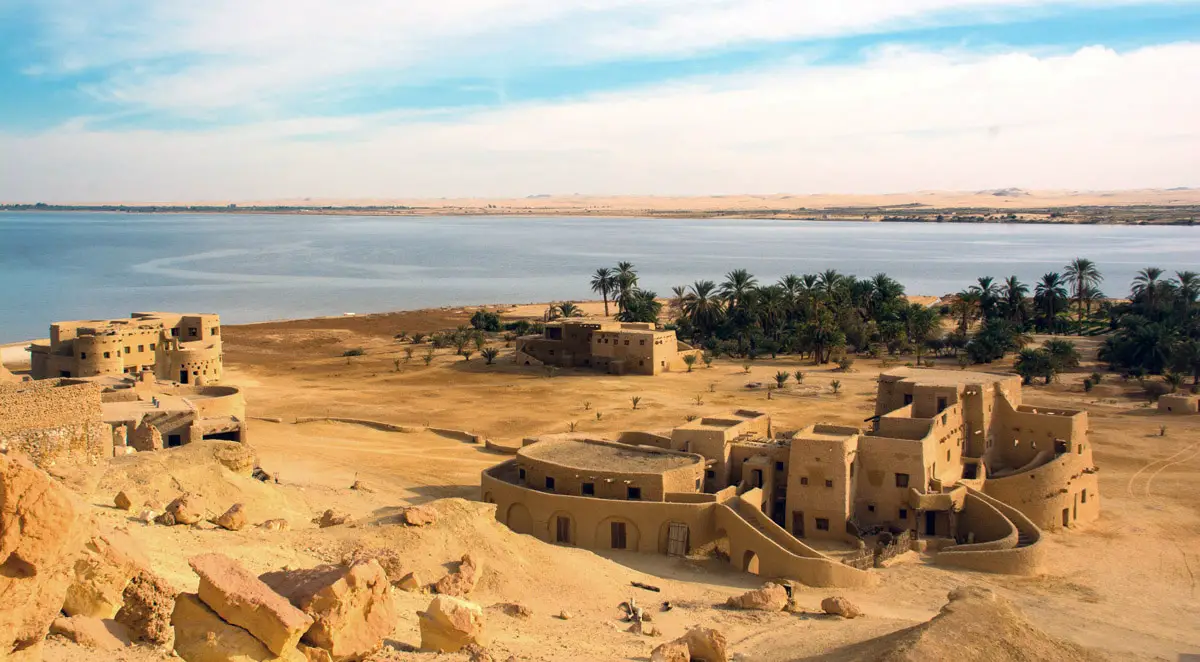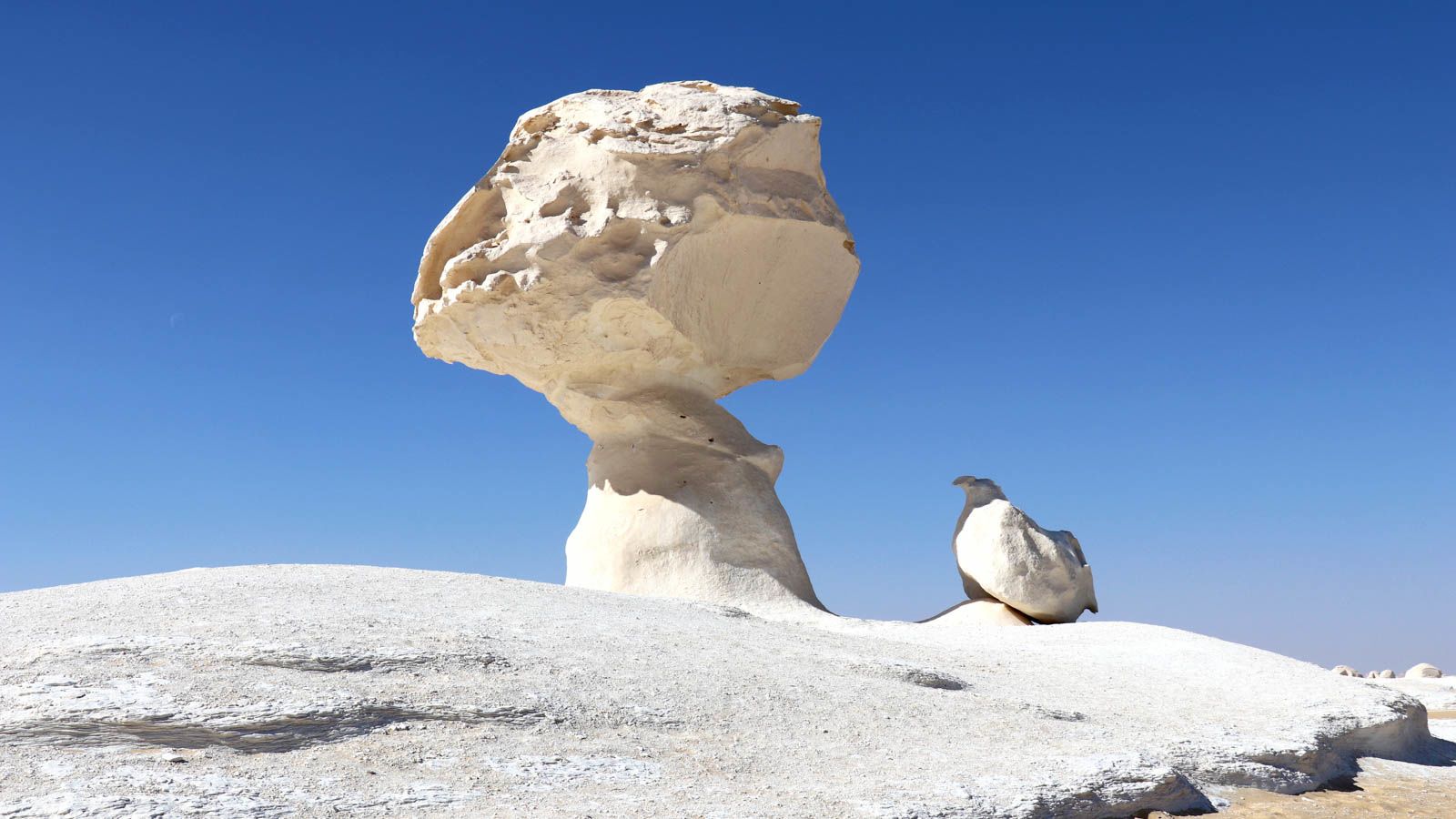Abdeen Palace Museum, A Journey Through Egypt’s Rich History
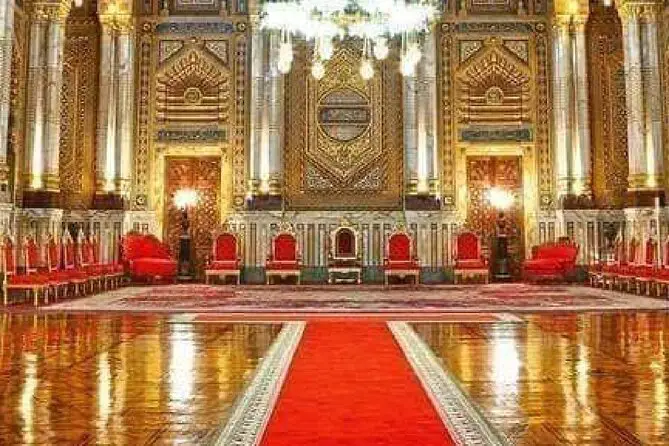
In the heart of Cairo stands a resplendent testament to Egypt’s rich history – Abdeen Palace. Renowned as one of Cairo’s most iconic royal palaces, Abdeen Palace has served as a pivotal center of government and witnessed significant historical events from 1874 until the transformative revolution of 1952. This moment marked a departure from the historical norm, with Egypt’s ruler moving from the confines of a fortress to the bustling heart of Cairo, to live among his people. The palace’s narrative subsequently evolved as it transformed into a presidential residence under the decree of the Revolutionary Command Council.
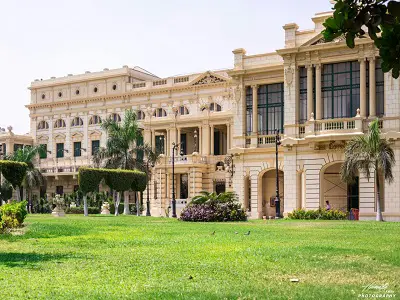

The Birth of Elegance: The Construction of Abdeen Palace
A visionary endeavor, Abdeen Palace emerged as a cornerstone of Khedive Ismail’s ambitious blueprint to modernize Cairo, aligning it with the contemporary urban landscapes of Europe. Shortly after ascending the Egyptian throne in 1863, Khedive Ismail orchestrated the construction of this grand palace. Named after Abdeen Bey, a military commander under Mohammad Ali Pasha, the palace held historical significance even before its transformation.
Following Abdeen Bey’s passing, Khedive Ismail acquired the palace from his widow, a move that sparked a series of demolitions and expansions. The once-modest estate grew to span 24 acres, culminating in the resplendent architectural masterpiece that is the current Abdeen Palace. This monumental effort spanned a decade, culminating in its completion in 1874.
Designed by French architect Rousseau, Abdeen Palace stands as a remarkable synthesis of European and Egyptian architectural styles, commissioned by Khedive Ismail to be ready for the inauguration of the Suez Canal in 1869. The palace’s construction engaged a global roster of architects to ensure its grandeur. The final result was an opulent 500-room palace that encapsulated the essence of an evolving Egypt.
An Architectural Marvel: A Glimpse into Abdeen Palace
The exterior facade of Abdeen Palace emanates a regal aura, reminiscent of the iconic Buckingham Palace in London. Imbued with grandeur, Khedive Ismail and his circle endeavored to encapsulate a sense of majesty befitting Egyptian royalty. The palace, a two-story structure, houses the haramlik and salamlik on its first floor. The ground floor reveals the palace’s verdant gardens, housing treasures such as a pharmacy brimming with rare medicines. Noteworthy within this expanse is the former royal printing house, alongside King Farouq’s office.
A series of grand halls, adorned in elegant white, red, and green hues, stand as ambassadors to the palace’s prestige. These halls serve as venues to host visiting official delegations, symbolizing the palace’s role as a diplomatic nexus. The illustrious Mohammad Ali Hall stands as the crown jewel, designed in an Arabic Islamic style. Adorned with meticulously crafted inscriptions of marble, granite, and amber, this opulent hall commemorates the palace’s historical significance.
The Belgium Suite, a hallmark of Abdeen Palace, distinguishes itself with unique architectural and decorative elements. Named in honor of its first resident, the King of Belgium, this suite is an embodiment of timeless elegance. Italian, Turkish, and French designs intermingle within the palace’s walls, harmonizing to create an exquisite aesthetic. The palace’s interior showcases an extensive collection of rare paintings and furniture embellished with gold, an ensemble that encapsulates centuries of opulence.
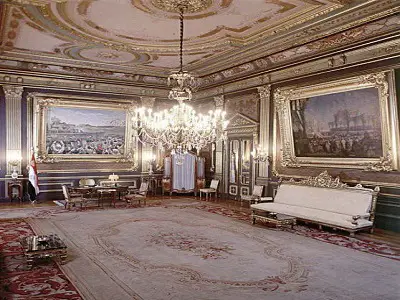

Discovering Abdeen Palace’s Diversity
Abdeen Palace serves as a cultural trove, housing not one, but four distinct museums within its opulent walls.
1- War Museum (Arms Museum):
A repository of history, meticulously preserved by Khedive Ismail’s descendants, this museum is divided into two sections:
A- The White Weapons Section:
A gallery of rare weapons crafted by skilled artisans from the Islamic world and Europe, spanning different eras. Notable examples include the Ottoman Sultan Selim I sword from the 16th century, and the sword of Muhammad Ali Pasha from the 19th century. Napoleon Bonaparte’s sword also finds a place here, alongside the 20th-century dagger of German commander Rommel.
B- Arms Museum:
Established during King Farouk’s reign, this section showcases an array of weaponry collections. Displaying diverse firearms, ranging from pistols to rifles, this section traces firearm evolution through the 17th to 19th centuries. Exquisite craftsmanship is evidenced by inlaid precious stones, gold and silver accents, and creative engravings, such as those found on weapons bearing Muhammad Ali’s name and those associated with Napoleon Bonaparte.
2- Museum of Medals and Badges – Royal Acquisition Section:
A treasure trove of antiquities, this section boasts diverse items, including the “Coronation Sword” adorned with precious stones and enameled detailing. Notably, the collection includes the crew of “Kamar,” a bullet carrier made of local leather and wrought gold, gifted by King Abdul-Aziz Al Saud to King Farouk.
3- Silverware Museum:
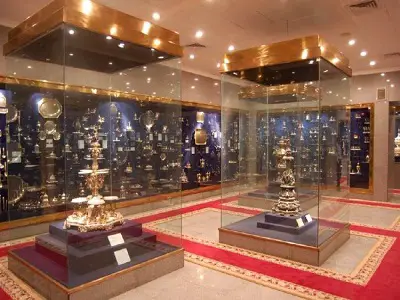

An exquisite addition inaugurated in 1998, the Silverware Museum houses an assortment of antique silver belongings once owned by Mohamed Ali’s family. These pieces encompass tools, utensils, and artifacts employed during meals, adorned with gold, silver, crystals, and colored glass. The museum also hosts valuable gifts bestowed upon the royal family by foreign dignitaries and upper echelons of society.
4- Historical Documents Museum:
Commemorating Egypt’s intricate timeline, this museum, established in 2004, showcases an array of significant and confidential historical documents. Spanning the era from Muhammad Ali Pasha to King Farouk I, the exhibits cast a spotlight on pivotal moments that shaped Egypt’s narrative.
Abdeen Palace stands as a silent sentinel that bore witness to defining moments of Egypt’s history. Notable among these are the grand inauguration of the Suez Canal, the historic confrontation between Ahmed Orabi and the Khedive in 1881, Egypt’s transition from monarchy to republic in 1952, and President Abdel Nasser’s addresses from the palace balcony. These echoes of history resonate within the palace’s walls, encapsulating the essence of a nation’s journey through time.
